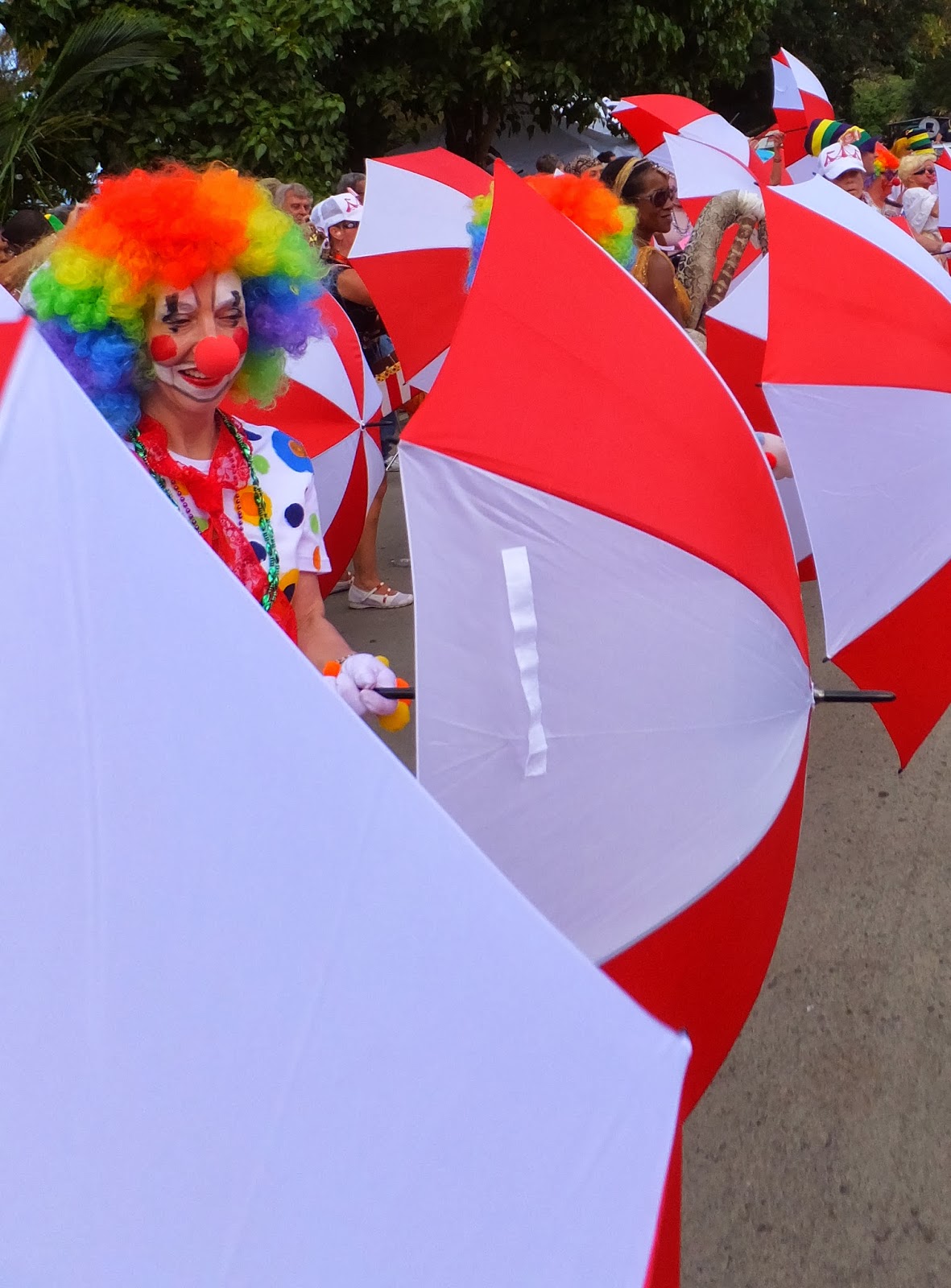There are more wind and solar workers
in the US than coal miners.
Air pollution killed 7 million last
year.
The rate at which CEO to worker pay has
increased since 1950 is 1000%
Norway has hosted a bike lift for over
twenty years which is 130m long and carries cyclists up one of their
nasty steep hills.
Eating bananas has been associated with
a reduced risk of colorectal cancer, breast cancer and renal cell
carcinoma...they are also an excellent source of the B6 vitamin.
The Obama administration has cut the
deficit from 1.4 trillion in 2009 to a projected $514 billion by the
end of 2014.
 |
| Turtle remains at Sandy Point |
NASA states that 97% of scientists
around the world that study climate believe that man made climate
change is not a hoax. Average temperatures on a global level, year
over year are getting higher.
Cars are regulated; you need a drivers
license, you must wear a seat belt, exhaust is regulated, you can't
drink and drive, and they are not built specifically to kill. We
should regulate guns and their owners the same way we do cars and
their owners.
David Frum(R) says an American is 50%
more likely to be shot dead by his or her own hand than to be shot
dead by an assailant.
You don't have Freedom if you don't
have free time.
US citizens work longer than their
fellow humans in any other industrialized nation except South Korea.
The Protestant work ethic was so you
could spend more time on spiritual and cultural endevors not on more
possessions. Free time was supposed to make us better citizens not
better consumers.
Study after study shows that over work
hurts productivity.
So far in 2014 the Koch's through
American's for Prosperity have aired 17,000 TV commercials while
Republican mainline groups have only aired 2,100. Vast wealth is
changing our democracy. It behoves all of us to think about who
really represents our interests.
According to the American Journal of
Medicine 62% of bankruptcies are caused by medical illness even
though most had medical insurance.
Corporate Welfare
Boeing...13.2 BILLION
Alcoa...5.6BILLION
Intel...3.9 BILLION
GM...3.5 BILLION
Ford...2.5 BILLION
Dow Chemical...1.4 BILLION
Berkshire Hathaway...1.1 BILLION
and that is only a handful...stop
blaming poor people and look where the real money is going.
America has the largest prison
population in the world.
Why is the richest country on earth so
poor?
See ya next week.































































